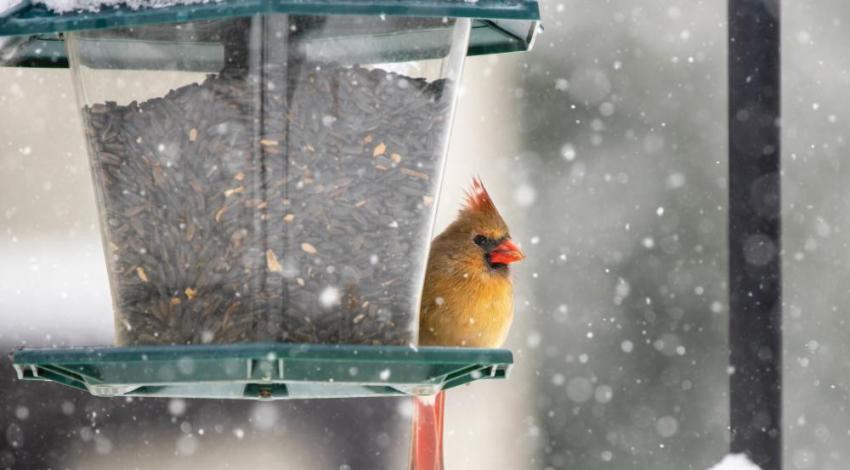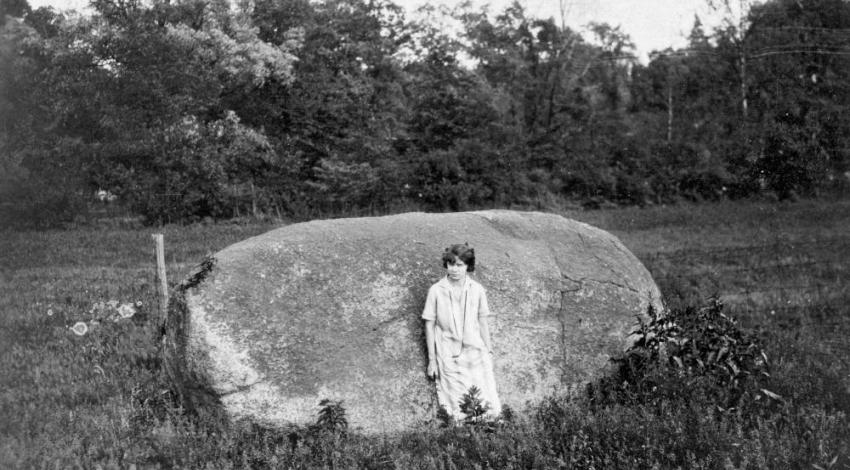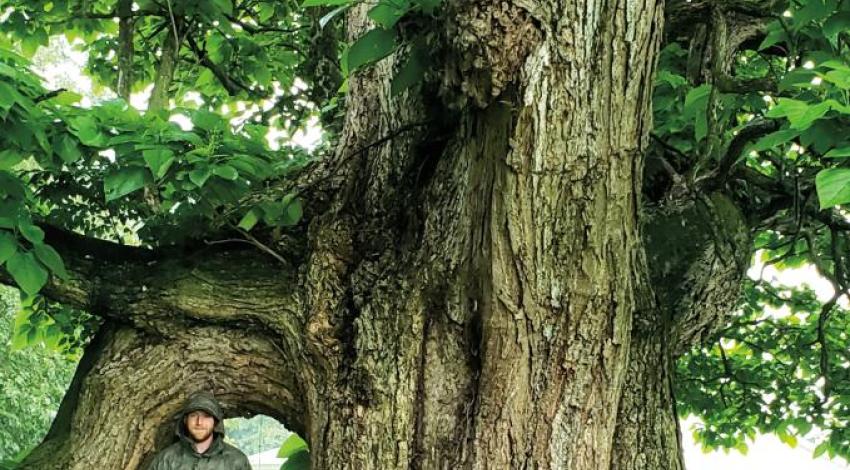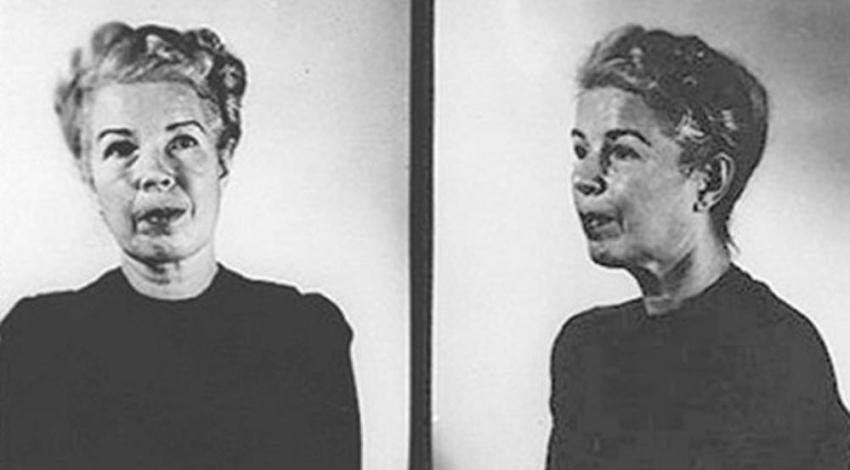With its pointed crest and for its striking cardinal-red color alone, the northern cardinal is not only easy to notice, but also to remember and to appreciate. Lucky for us, it never leaves the home place.
The colorful northern cardinal lives over the entirety of Ohio, and that alone is reason enough for the state legislative assembly to name it the official state bird. There are other meritorious reasons that call forth warm approval and high regard.

















